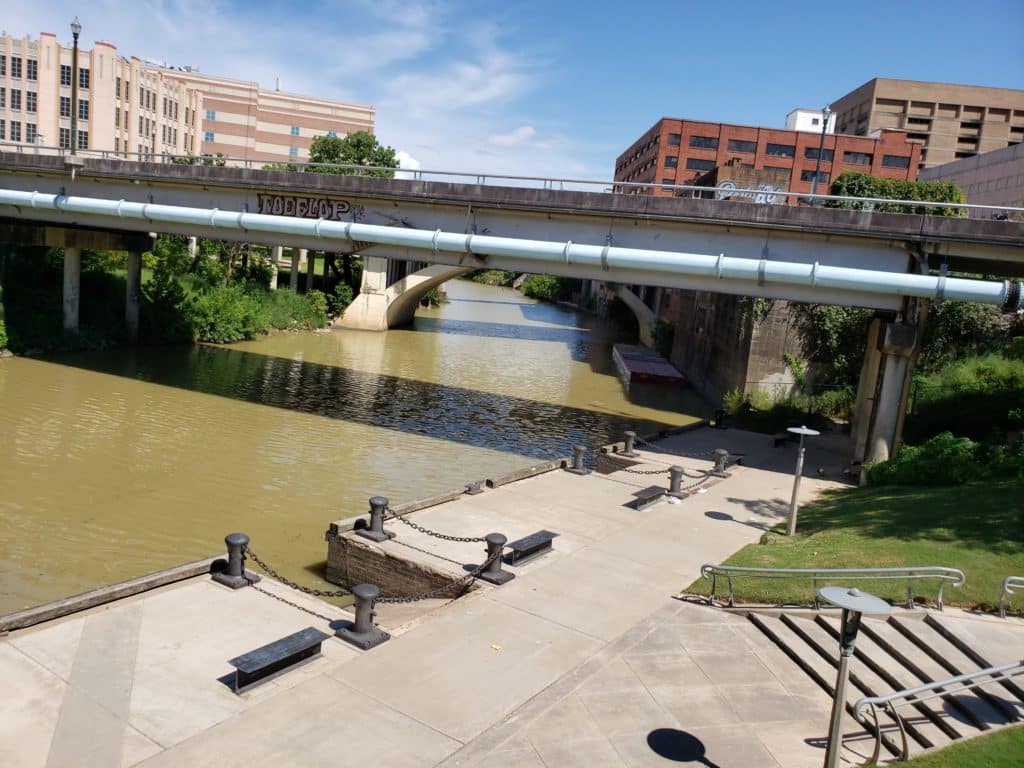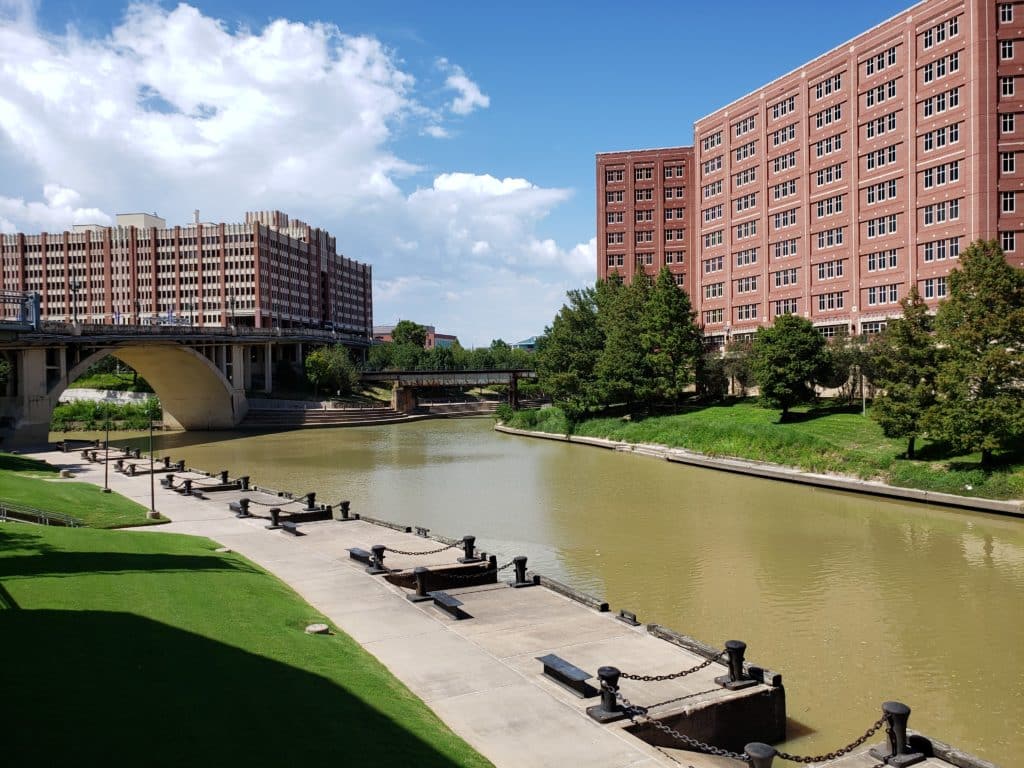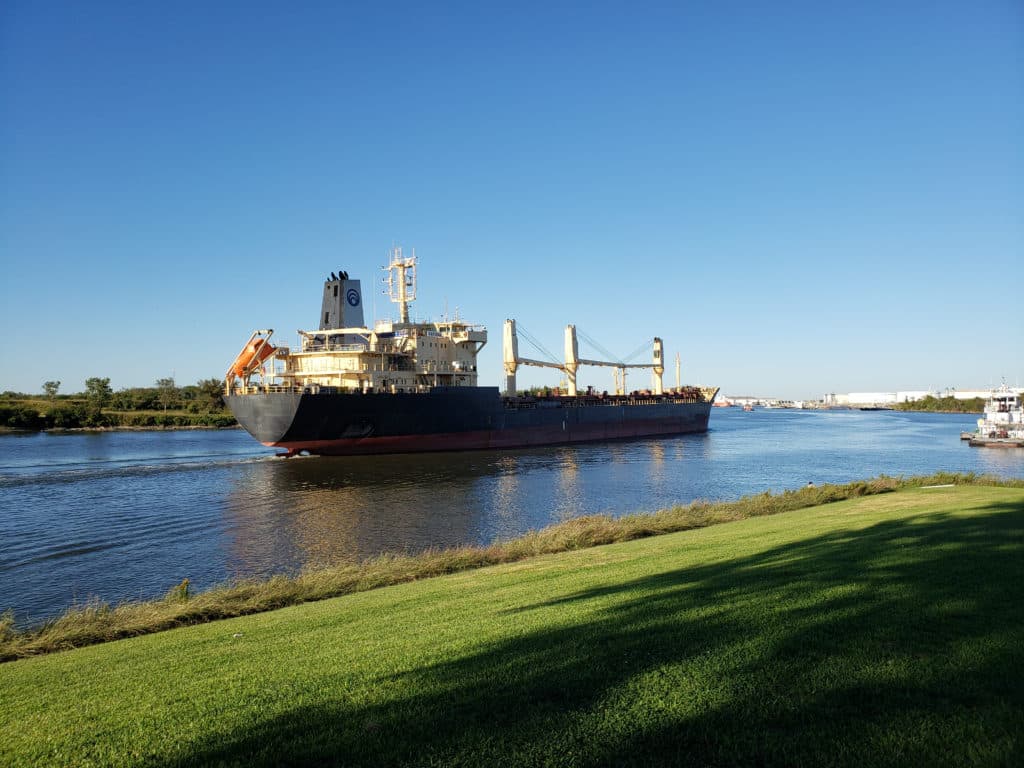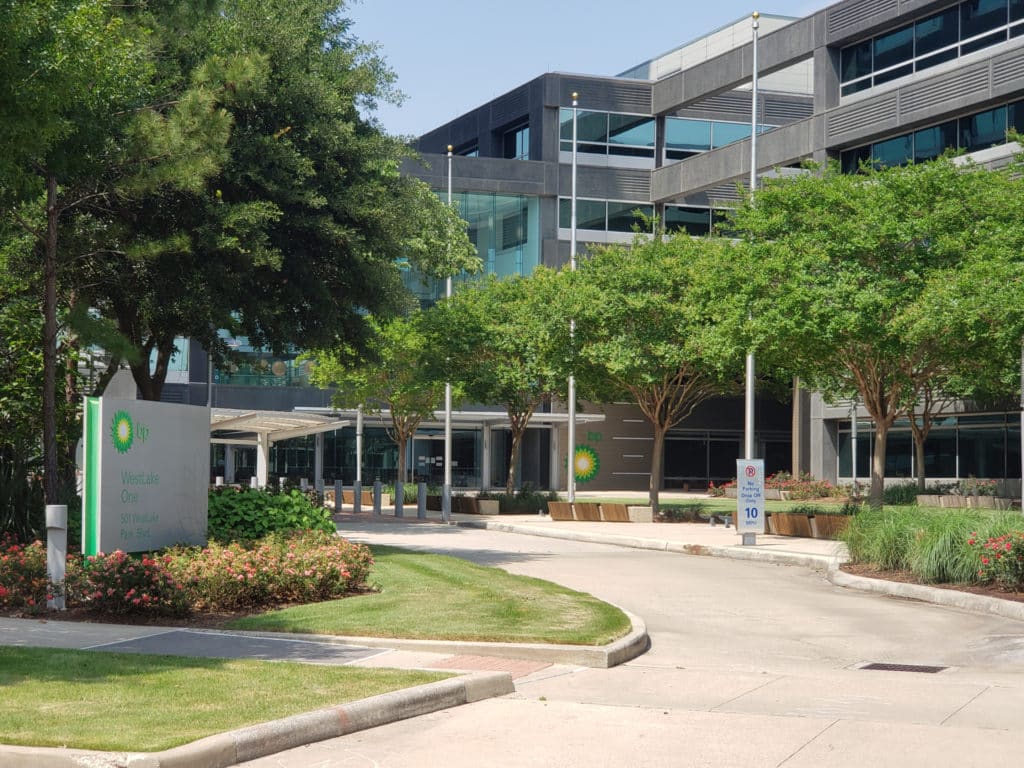To understand how Houston became a Global City and the Energy Capital of the World requires a review of the Houston Historical Timeline. Throughout the History of Houston, the Buffalo Bayou has been critically important in Houston’s economic success by allowing the distribution of goods through the Houston Ship Channel to Port Houston. Without the Buffalo Bayou and Houston Ship Channel, it is doubtful that Houston would have become the Energy Capital of the World, which led to the Energy Corridor and to Houston being a driver of energy creation, advanced education, technology, medical advancement, international collaboration, and trade.
Throughout the history of Houston, the city’s importance to global trade increased, it also became home to the third-largest consular corps in the United States, including 90 different nations. It’s strong economy, leading academic institutions, acclaimed healthcare institutions, vibrant immigrant population and Houston’s international Logisitic and transportation systems transformed Houston into a global city. With its economic strength, favorable climate and low cost of living, attracts immigrants from all over the world.
The History of Houston, Texas
In 1836, less than a year after Texas declared independence from Mexico following the Battle of San Jacinto, Augustus Allen and John Allen purchased six thousand acres of land along the Buffalo Bayou and incorporated the city of Houston. The first residents of Houston were Mexicans who were called Tejanos and Anglo settlers who had fought with the Republic of Texas. The first settlement was constructed at the present site of Allen’s Landing Park in Downtown Houston.


The Allen brothers felt certain that they could transform the land into a center of commerce for merchants seeking to distribute their goods throughout Texas. The Allens named their new town Houston, after General Sam Houston and began selling parcels of land. Plots of land were reserved for a courthouse, market house, and the capital for the Republic of Texas and the town was officially chartered one year later.
As the city grew, roads were built that extended outward from the Buffalo Bayou. In 1839, the capital was moved to Austin, Tx. At this time, the city was sectioned into six wards that operated as legal entities with political significance. 14 years after the city’s birth, Houston experienced its first boom with the construction of the Houston and Texas Central Railway. The city was finally becoming the distribution center that the Allen brothers had envisioned. As the city grew, real estate prices increased, the city began growing outward with the construction of new neighborhoods.
Mexican and Chinese Immigration & Railway Construction
Following the American Civil War which ended in 1865, Houston continued to grow. Part of this growth was the result of Mexican Americans and immigrants from Mexico who relocated to the Houston area. Many of the first immigrants worked as unskilled laborers and food vendors. By the late 1800’s, more than five hundred people of Mexican origin lived in Houston. At the same time, railroads connecting Houston to other major markets were constructed. Initially, only Anglo and Mexican workers built the rail tracks, but in the 1870’s laborers were recruited from China who worked for half the amount of their counterparts and were usually treated like slaves. Eventually, the Chinese crews became highly respected by management. Despite limited training and lack of language translation services, their ability to learn quickly, avoid fights, resist strikes, and practice hygiene. Yet, it was common for the Chinese laborers to experience extreme prejudice and intolerance, which often turned violent by Anglo or Mexican track workers. Yet, these Chinese immigrants often chose to remain in the Houston area after the work was completed.
By 1873, Houston had become an important regional business district and trade center with an important port. As major distribution and trade lines were constructed, the city of Houston generated increased tax revenues and major projects including the Harris County Courthouse and city hall building completed. Eventually, the downtown skyline began taking shape. With the construction of the Houston Ship Channel and Port of Houston, the city grew rapidly. The vision of the Allen Brothers to develop a prosperous city based on safe an efficient channel connecting the Buffalo Bayou to Port Houston and the Gulf of Mexico was recognized.
The Houston Ship Channel

Prior to 1900, most of Houston was farmland and ranchers. However, in 1901 a major oil and natural gas well was discovered in Spindletop, approximately eighty-five miles from Beaumont, With the Niches River port and other deep-water ports, it seemed that Beaumont would become the capitol of energy production in Texas. However, the city of Houston made a lucrative offer to The Houston Company, now called Texaco, to establish its headquarters in Houston. With this move, other energy companies began to follow including Humble Oil, which is now ExxonMobil.
In 1914, President Woodrow Wilson opened the Houston Ship Channel. The Houston Ship Channel allowed oil to be exported and for goods to be imported through the Port of Houston. With the ability to accommodate large ocean vessels, Houston became an attractive location for many types of businesses involved in importing and exporting goods.
Houston’s Energy Corridor District
The Energy Corridor District | 777 N. Eldridge Pkwy, Suite 270, Houston, Texas 77079
As more energy companies began to relocate to Houston, they increasingly wanted suburban campuses with nearby housing developments. In response, The Texas Legislature set aside land for Houston’s Energy Corridor, located on the west side of Houston. Today, the Energy Corridor comprises seven miles and is home to the largest companies in the energy industry. BP, ConocoPhillips, and Shell Oil Company operate some of the largest offices in the Energy Corridor District. Other businesses with operations in the Energy Corridor include Gulf States Toyota Distributors. The Energy Corridor features parks, bicycle lanes and sidewalks. Ongoing tree-planting and beautification program is coordinated through an established urban planning program.
The Energy Capital of the World


Today, the Houston region is home to approximately 4,600 energy related companies. This includes five hundred businesses specializing in exploration and production, eight hundred businesses specializing in field services, and ninety specializing in pipeline management, design, and service organizations. Combined with ten oil refineries, that process 2.6 million barrels of crude daily, the Houston region is the undisputed oil capital of the world.
Houston Oil Industry Jobs
Considering employment in the Oil and Gas Industry? It’s anticipated that through 2022, the number of Oil and Gas jobs needed to be filled will be much greater than average. Already Energy companies in the Houston area employ 250,000 workers. In 2022, oil and gas companies are forecasted to add 108,000 jobs. Houston accounts for a third of all oil and gas employment in the United States. As the headquarters for international and domestic companies, Houston based businesses engage in every segment of the energy industry, including exploration, production, transmission, sales, software, and technology. Houston is also on the forefront of research and design for renewable energy technologies. With 100,000 workers, the Houston Energy corridor has employment opportunities for anyone. Some of the largest employers in the Energy Corridor include BP, McDermott, ConocoPhillips, Shell Oil Company, Wood Group, Exxon, Worley Parsons, Citgo, and Foster Wheeler.
Further, infrastructure upgrades including the expansion of the Houston Ship Channel and Port Houston will permit more energy exports.
What is the Future of Houston’s Oil and Gas Industry?
As the global economy continues to recover from the pandemic and oil supplies are tightened by the Russian war, the economic outlook for the Oil and Gas Industry and petroleum products is very good. Conditions resulting from The War in Ukraine has pushed the price of oil to over $110 a barrel. With continued uncertainty in Eastern Ukraine and advancing Russian forces in the city of Severodonetsk, the global economic effects from sanctions from the Russia Ukraine war seem certain.
The rapid increase in oil prices is encouraging many producers to drill. Consequently, the number of oil rigs in the United States has increased by 60 percent over last year. The price of oil is expected to remain above $100 per barrel through 2022 and eventually trade at $70 barrel in 2023 and $50 barrel in 2025.
However, Houston’s energy producers must be prepared for the Global Energy Transition to renewable energy. To remain the energy leader, Houston’s energy companies must invest in the research and development of leading solar energy, geothermal energy, hydrogen energy, and wind energy technologies. The government must be willing to contribute more funds towards the development of renewable energy systems.
Will Houston be the energy transition epicenter? What will happen to Houston, TX once the demand for oil no longer exists? Is the oil and gas industry coming to an end? When will ‘clean energy’ be economically viable? While the answers to these questions are unknown, a new Texas oil boom will soon be here.
